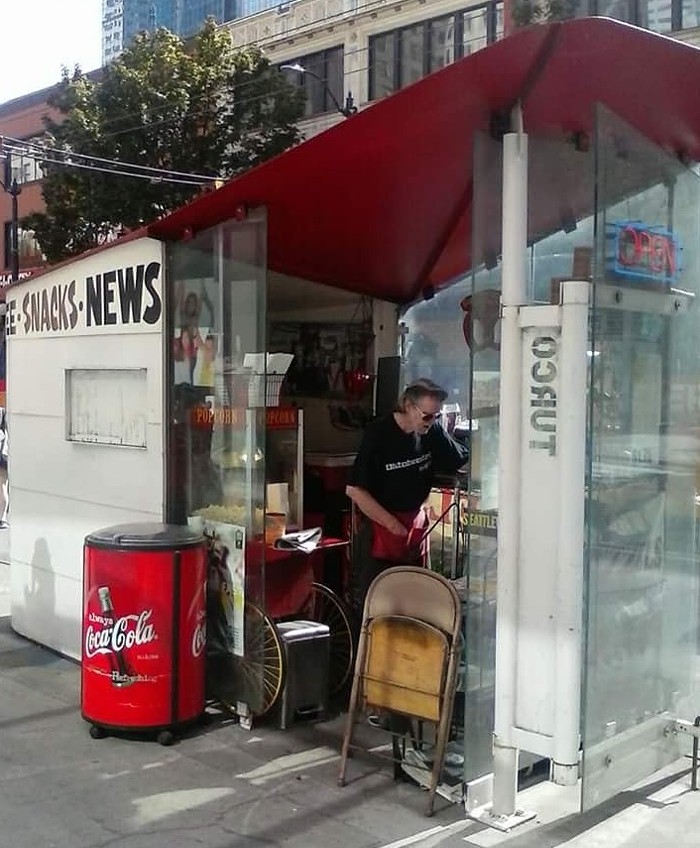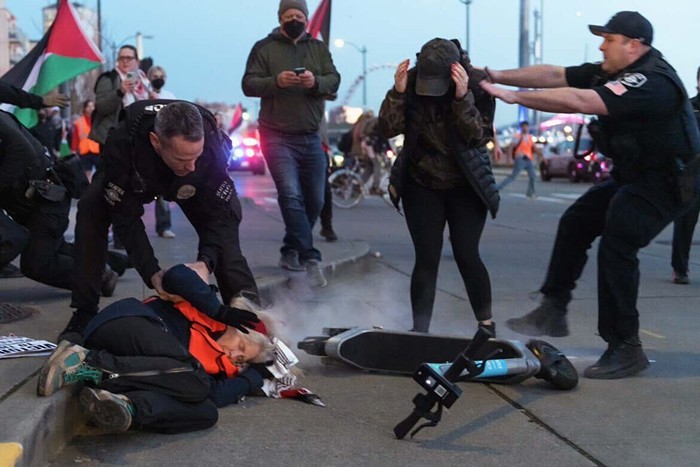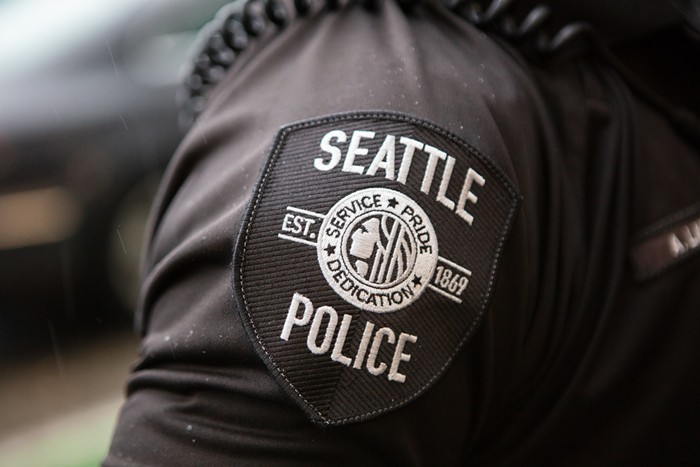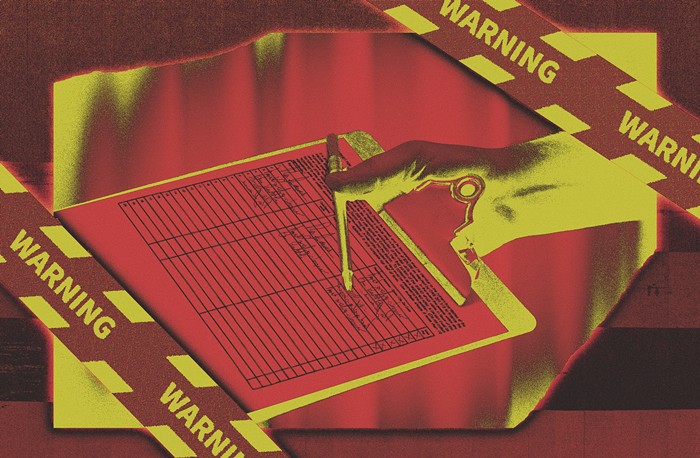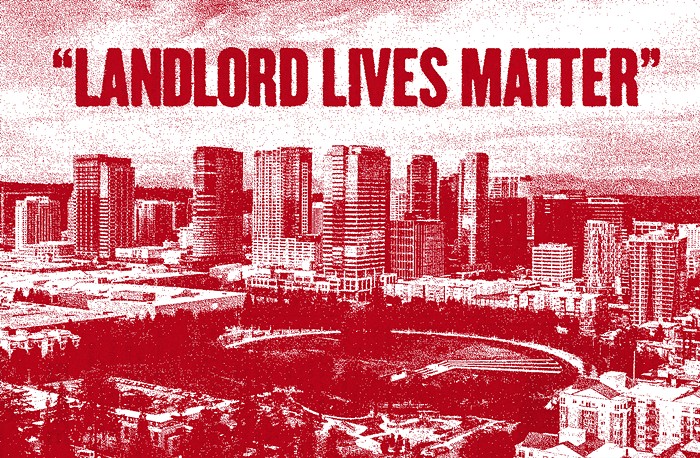This guest post is by Ariel Wetzel, an organizer of the Festival of Resistance and a PhD candidate at University of Washington. She is writing her dissertation on prisons in science fiction.
King County Proposition 1, with the rosy name “Children and Family Services Center Capital Levy,” sounds like a good idea. Why not replace the dilapidated juvenile jail and courthouse at 12th Avenue and East Alder Street with a new facility that reduces the current number of beds from 210 to 154?
Unfortunately, Proposition 1 is not simply a humanitarian levy designed to ease the suffering of underprivileged youth. What you won’t find in the voters’ guide is that King County plans to sell off three of the facility’s 9.5 acres to developers for $16 million so developers can build 425 condos. If passed, this levy would make gentrifying developers into prison profiteers.
Sneaky sales of public land are reason enough for me to vote no, but that aside, I am not convinced we need a new juvie because jail diversion programs in King County are working. The county has reduced the average daily number of incarcerated youth from 191 in 1998 to 72 in 2012. Presumably this trend will continue, with support and investment. Do we really need to spend $210 million to house fewer than 72 young people, many of whom committed nonviolent crimes? Additionally, the current jail may be operating at less than half capacity, but who is to say the county wouldn’t fill up a fancy, state-of-the-art jail to capacity?
Moreover, this proposition does not redress that Washington State juvenile courts still disproportionately punish youth of color. According to a report from the Task Force on Race and the Criminal Justice System, black youth are 6 percent of Washington’s juvenile population, but make up 21 percent of the youth incarcerated in our state’s juvenile detention centers. (Read the full report for more disturbing statistics.) A new juvie may even exacerbate institutional racism because condos are a major culprit in the lack of affordable housing. Such gentrification displaces and breaks up the communities most targeted by the criminal justice system.
Earlier this week, Dominic Holden accused organizers of today’s Festival of Resistance of wanting to continue caging kids in a toxic building.
However, organizers don’t want to cage anyone.
It isn’t just being locked up in a shithole that is bad for the mental and physical well-being of kids—it is being locked up, period. However, I am pragmatic. I believe that downsizing can be a step in the direction of eliminating the need for juvenile jails. But the county is already downsizing through the deferral programs; we don’t need to spend $210 million on a new jail when that money could go a lot further in preventing crime, supporting youth and their families, and thus benefiting everyone, if invested in education and social services.
I am for divesting in punishment-based solutions and investing in prevention. In addition to the county’s successful diversion programs, there are other current, practical alternatives to incarceration, including community service, after school drug and alcohol treatment, counseling, after school athletics, childcare, arts programs, income support and housing, restorative justice circles, and transformative justice. (You can learn more about restorative and transformative justice at the Festival of Resistance this afternoon from noon to 8:00 p.m. at 12th and Alder.) All of these alternatives are cheaper than incarceration. Obviously no single program is a panacea for all social ills; alternatives to incarceration need to come with broader social change that eliminates poverty and empowers those most impacted by both racism and wealth inequality.
